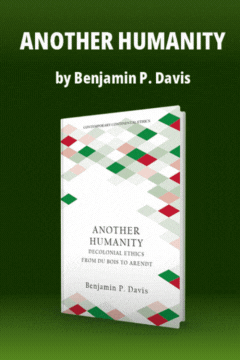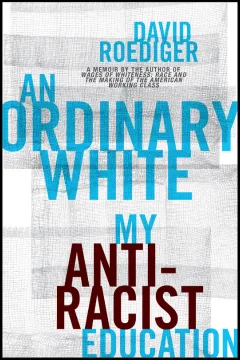The Continuing Democratic Majority
The Continuing Democratic Majority
‘n trying to think about the 1976 election, let’s start with one proposition, even though it is discounted by some political analysts: the majority of voters still maintains a national allegiance to the Democratic party that goes back to the 1930s, most noticeable in the vote for congressmen. While such continuing party loyalty would be clear in a parliamentary system, it is obscured by the complications of American politics. Furthermore, if we exclude the South (its special situation must be excluded from most of what follows), the same population groups provide the Democratic margin, augmented by new pro-Democratic types.
The current American political scene, of course, is not a replica of the 1930s or even of a decade ago. New issues and constituencies have emerged. The Republicans won two consecutive presidential victories, the second decisively. Yet the implications for long-term voting trends seem slight. Every presidential election is special (which is why ...
Subscribe now to read the full article
Online OnlyFor just $19.95 a year, get access to new issues and decades' worth of archives on our site.
|
Print + OnlineFor $35 a year, get new issues delivered to your door and access to our full online archives.
|






